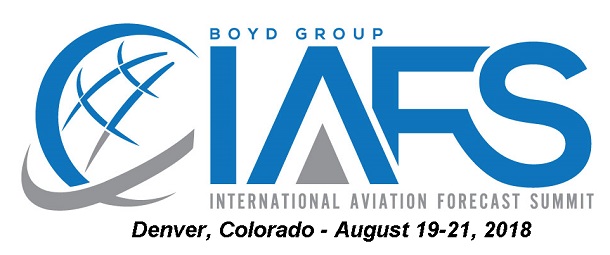Fuel Prices: Changing Air Access Globally & Locally
Jet-A has popped over $2 a gallon – that’s up almost 50% from a little more than a year ago.
What To Watch For. There are two airline operational sectors that get hit the hardest when fuel goes up.
One is super long-haul flying. The cost of carrying the fuel for an 8,000+ mile sector digs into the bottom line, real fast.
The second is regional air access. The impact of increased fuel costs disproportionately affects smaller aircraft, particularly 70-seats and under.
That means the cost of accessing the feed from smaller markets goes up rapidly as fuel gets more expensive.
That points to coming reductions in some small jet flying.
It means that there will be more small airports dropped from network airline route maps .
It also means that the financial hurdles needed to attract or keep major network air access at the local small airport are going to have the trajectory of a moon launch.
One of These Is Marginal… The Other Structural. But cutting back on some ultra-long intercontinental markets will have marginal, if any, effects on the global transportation system… connecting options are still in place. We’ll still be able to get to Delhi or Beijing or Perth.
But in regard to small regional feed markets, the effects will be more permanent.
Up until recently, declining fuel prices have slowed retirement of <70 seat jets from major airline fleets. But this past year has put into motion a set of cost issues that will reverse that dynamic.
Also, the recent retirement of 37-seat turboprops at American and United has resulted in several already-marginal markets receiving 50-seat jets. That’s more seats and higher costs. It means that higher fuel costs will make some of these markets start to generate lots of red ink.
Toss in the pilot shortage issues, and it doesn’t take much to determine the outcome.
Study It All Day Long. The Outcome Won’t Change. This is another future factor that demands new thinking to assure that all of the US has access to the global economy.
It also blows away the nonsense that every small community airport needs to have scheduled passenger flights, or the community will die.
Regionalization is the future, and concocted “leakage analyses” or “true market studies” won’t change these realities. Airlines are interested in making money, not adjusting to conveniently-engineered demographic data.
The development of new alternative communication channels needs to replace the obsolete and luddite efforts to support air service at some small airports which consumers can’t and won’t use.
Fuel at $2 and above brings economic reality to these fantasies.
Get The Future At The IAFS™ – From Fleets To Fuel
The effects of new fuel realities are just part of what’s changing aviation.
Every year, the International Aviation Forecast Summit takes on issues that are shifting the future, and every year attendees get perspectives that no other event delivers.
Air Access – Big Changes. This year, we’ll be having a special Workshop on our upcoming White Paper on the New Air Service Paradigm. It will present a very different picture of the planning that’s necessary to compete in the global economy.
Airline Executive Perspectives. This year, too, we’ll be discussing key issues, unscripted and direct, with the airline and industry CEOs and executives that will shape the new future. That includes the disruptions in planning caused but the new realities of fuel economics.
Fuel, Too. This year, we are excited to again have Ben Brockwell, CEO of Oil Price Information Services (OPIS) delivering his company’s take on where oil will be going in the coming year.
 In the past, Mr. Brockwell’s fuel predictions at the Summit have gone completely counter to the consensus, but have proven accurate. But that’s the basis of the IAFS™ – it delivers futurist data and information that no other event gets close to.
In the past, Mr. Brockwell’s fuel predictions at the Summit have gone completely counter to the consensus, but have proven accurate. But that’s the basis of the IAFS™ – it delivers futurist data and information that no other event gets close to.
New Fleets Changing Air Access. Then, we will have all of the major aircraft manufacturers to present their predictions of how new fleets will change air transportation.
This includes a session from Boom Supersonic, whose intercontinental 2.2 Mach airliner will be in the skies, disrupting airline market and product planning, in a little more than five years.
Networking – Unrivaled. Dozens of airline staff are at the IAFS™ – from all areas of the industry. At the sessions attendees get new perspectives. At the social events, they get contact with the people making the decisions.
So, get a clearer view of what the current fuel trends will mean to commercial aviation by clicking here to reserve your space at the IAFS™, August 19-21. Click here for details.